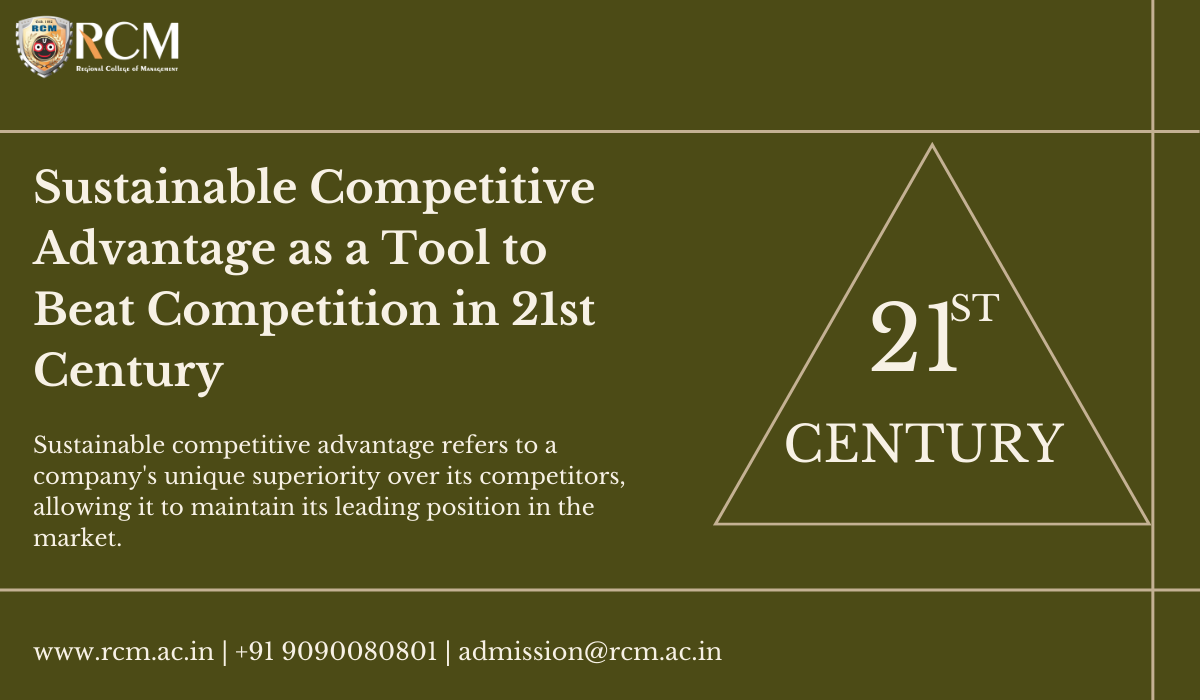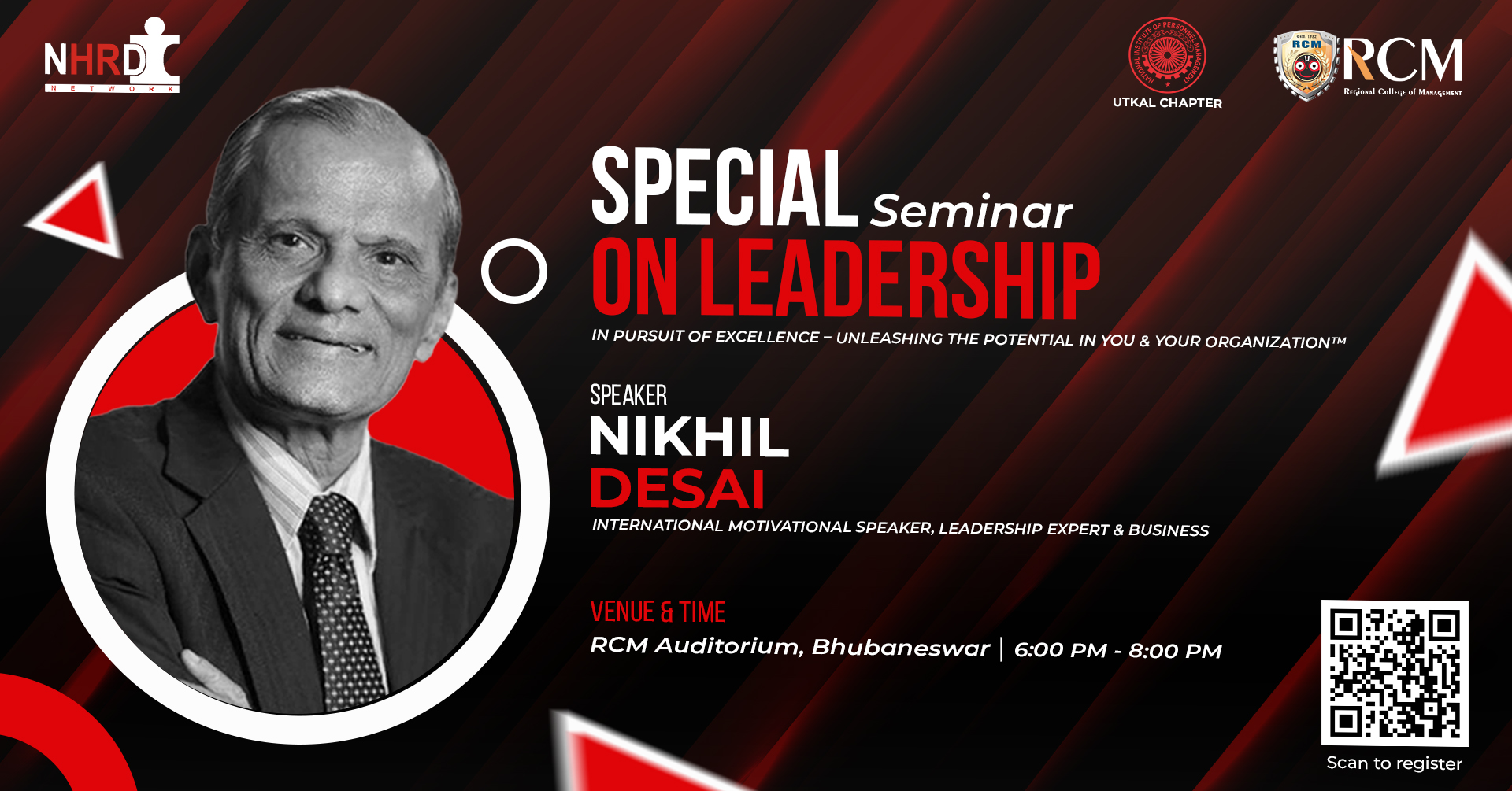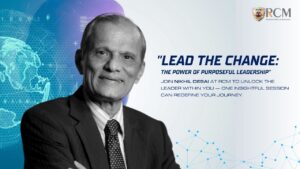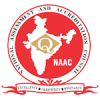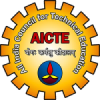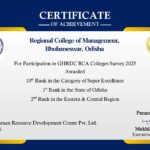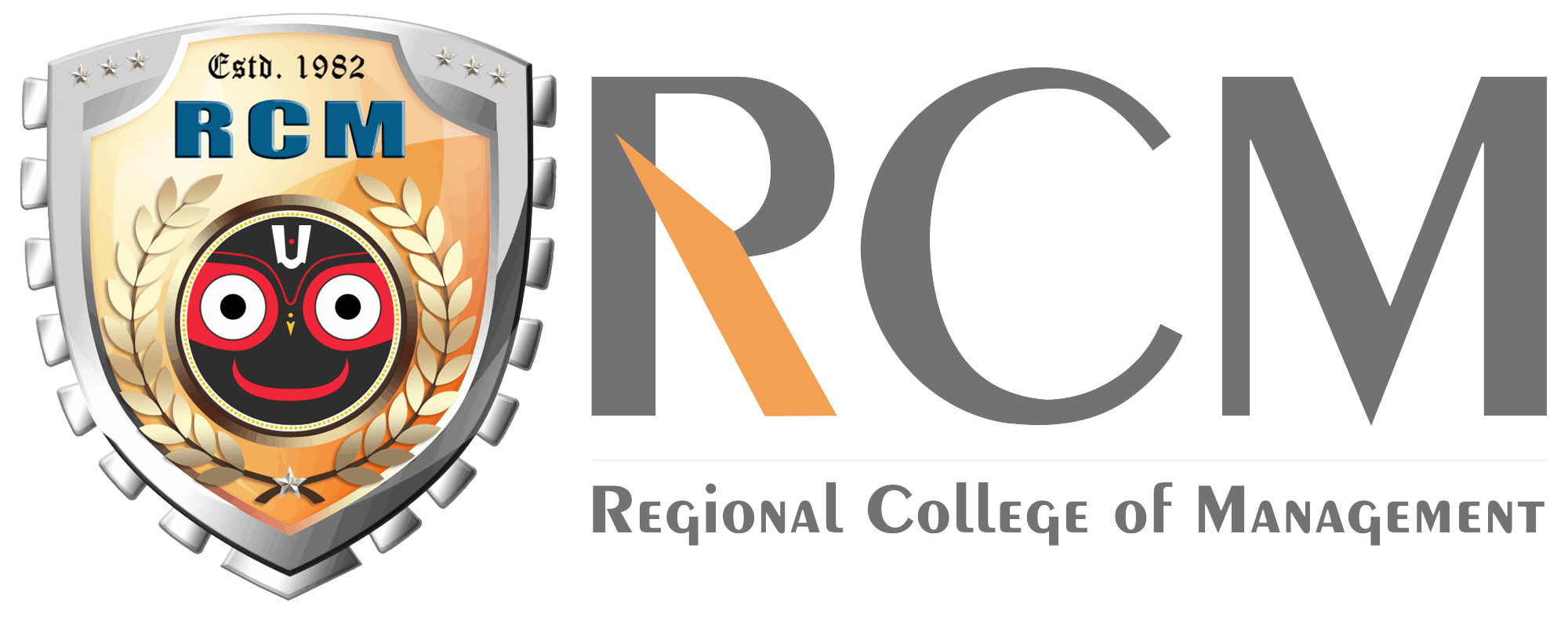Written By, Prof. Hitesh Kar
Sustainable competitive advantage refers to a company’s unique superiority over its competitors, allowing it to maintain its leading position in the market. This upper hand can stem from various sources, including branding, customer service, technology, product design, and distribution channels. A sustainable competitive advantage sets a business apart from its competition over a long period of time. It can help influence consumer decision-making and yield higher profits.
A competitive advantage is an attribute that allows a business to meet the needs of its target market better than its competitors. However, competitive advantages can often be replicated by competitors, making them only useful in the short term. Sustainable competitive advantages, on the other hand, are much more difficult to imitate and are more likely to stand the test of time.
A business model built around creating sustainable competitive advantages takes into consideration its strengths and core competencies to create long-term initiatives for reaching a target market, building brand loyalty, and increasing profit margins.
The three main types of competitive advantages are differentiation, cost advantages, and focus advantages. Explore the sustainability of each type of competitive advantage.
1. 1. Differentiation:
Differentiation refers to a number of ways of tailoring a business strategy to create beneficial points of difference between a business and its competitors. Points of specialization can be high-quality products, strategic assets, intellectual property, a unique brand image, or innovative marketing strategies. One of the most sustainable forms of differentiation is providing an exceptional customer experience. Customer loyalty is likely to increase when consumers know they’ll have a more positive experience with your business than with your competitors.
2. 2. Cost leadership:
Companies that are able to lower costs and offer lower prices for their customers have what’s known as pricing power. This is where a comparative advantage comes into play, which refers to companies that have lower supply chain costs than competitors, increasing their sales margins. The longevity of this approach is dependent on a strong cash flow.
3. 3. Focus advantage:
A business that has a focused advantage refers to targeting products, services, or marketing to cater to a small subsection of a business’s target audience. A focus strategy enables companies to isolate their most reliable customers within a market segment and service their needs directly, creating greater customer satisfaction and brand loyalty. In order for this to work long-term, companies must rely on market research to keep a finger on the pulse of ever-changing consumer demands.
How to Get a Sustainable Competitive Advantage
Whether you’re a small business owner or the CEO of an established company, knowing how to get a sustainable competitive advantage is crucial to the long-term success of your business. Consider these techniques for getting a sustainable competitive advantage.
1. Lean on market research
Collecting data and analytics on your target market is one of the greatest tools in your arsenal. It’s essential for growing your profit margins and keeping an edge on the competition. It can also give you a first-mover advantage by allowing you to be the first to gain access to new markets.
2. Focus on customer experience
Brand loyalty is paramount to a business’s longevity. One of the best ways to increase retention is to continually tailor your customer experience to meet the demands and expectations of your consumers.
3. Continually develop new products
Though this strategy is dependent on a strong, reliable cash flow, investing in new technologies and creating new products is one of the best ways to continually stay ahead of the competition. As soon as a new product becomes available, it’s easily imitated by competitors, so it’s important to be able to sustain new product development on a continual basis.
Let’s consider the case of ITC Rural Endeavour which helps to boost their sale post-pandemic and increase sales. The Kolkata-based conglomerate’s FMCG sales in smaller towns and villages are growing at twice the pace of urban markets due to its post-Covid strategy of increasing market coverage and number of stockists there, digitization of the entire rural distribution network, and roll-out of low unit priced packs in multiple new categories.
